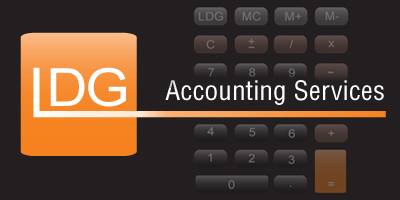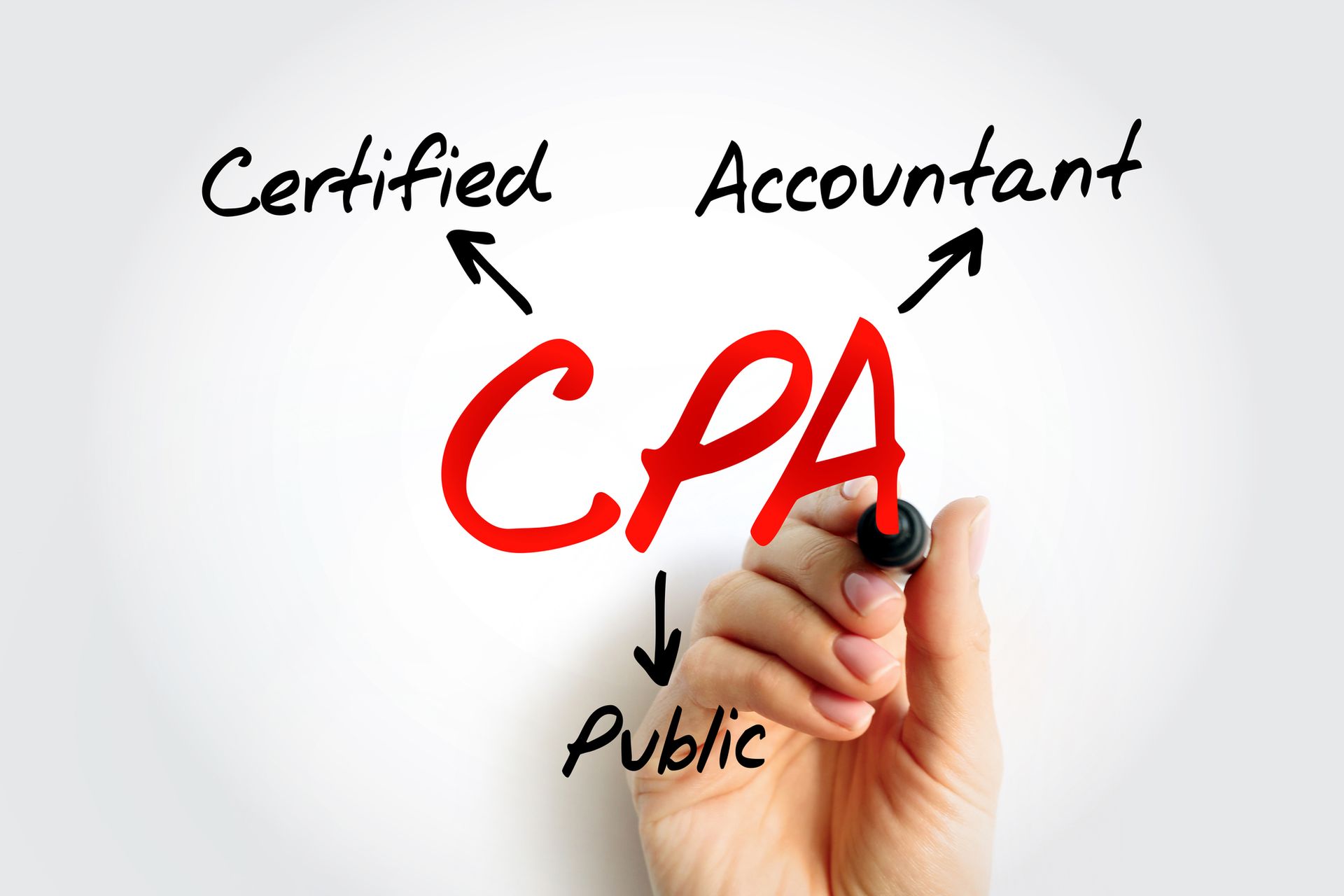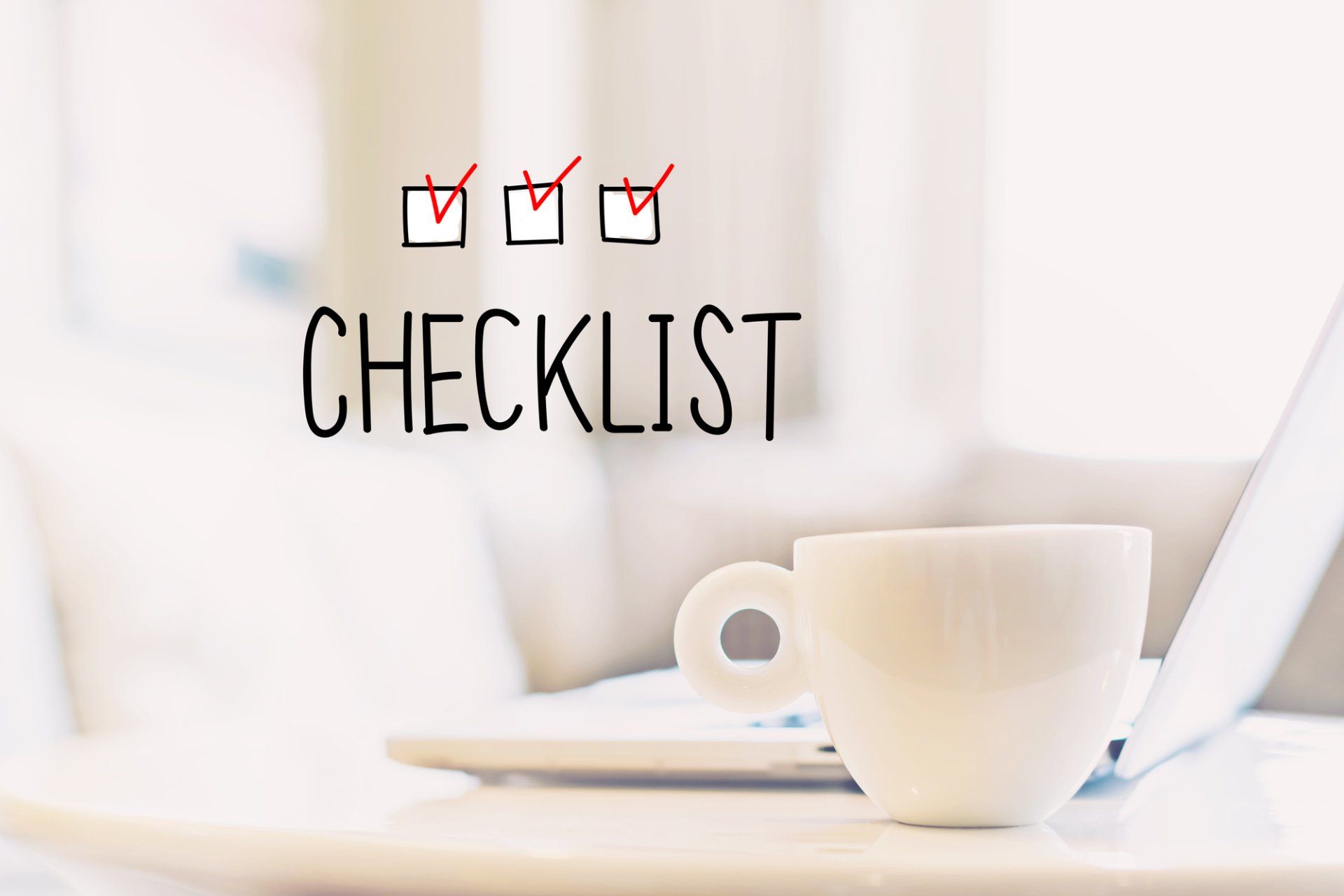5 Ways to Help Ensure You Get the Right Small Business Loan on the First Try
According to a survey by Nav, a business credit marketplace, 23% of small business loan applicants who were denied don’t know why their loan was turned down. And even worse, 45% who are denied are turned down multiple times.
When at least 1 out of every 5 business has not gotten a loan they have sought in the past 5 years, lack of awareness about the pitfalls of seeking a loan is a real problem among small businesses. When that happens, small businesses turn to riskier sources for funding like credit cards and dipping into personal savings, or they go without. In some cases, lack of cash flow leads to shuttering businesses completely.
Even if you’re among the lucky (and well prepared) business owners who have secured a loan in the past, you can make the process smoother, easier, and more cost-effective in the future by following these 5 tips.
1. Know your business credit score, and everything else the lender will look at.
45% of small businesses don’t know that they even have a credit score, and an eye-bulging 82% don’t know how to interpret them, according to the same Nav survey.
That lack of knowledge has big consequences. Those who are aware of their credit scores are 41% more likely to get approved, and have an even higher likelihood of a smooth loan process.
Do you homework in advance by researching your credit score and pulling together necessary information for lenders like:
·Personal financial statements for owners and/or principles
·Business financial statements and tax returns
·Ownership and affiliate contact information and resumes
·Incorporating documents and/or licenses
·Business loan history
·Location lease
2. Determine what will best suit your needs.
Potential lenders will want to know exactly how much money you’re seeking and under what terms, as well as what you plan to do with the money. That might sound elementary, but you’d be surprised how many small businesses make the mistake of going to the bank with open-ended goals.
This is one of the most common reasons businesses are turned down.
Also, keep in mind that there are many different types of loans out there. Once you have your plans for how you will use the money, take a look at options like establishing a line of credit as opposed to a traditional one-time loan. A floating loan you can draw from might better suit your needs, and stating that or any other needs up front will lend credibility to your application.
3. Look at all of your options.
Some business owners just head down to the local bank when they need a loan, and while that can be a great option, it’s far from your only option. You might find that an online bank offers a lower interest rate, more appropriate sum, or better repayment terms.
There are also industry-specific lenders that might be able to give you a break based on your association memberships or type of business.
Just be sure you’re dealing with only credible lenders. Know their history and that they are FDIC-insured.
4. Know what you’re getting yourself into.
Banks and other lenders sometimes hide extra fees that can really add up. I recommend you use a business loan calculator to ensure that you can afford to pay off the full cost of the loan.
Another mistake small business owners make is seeking more credit than they actually need, which can be costly in the long run. This is where your accountant can come in handy to determine the right sum to accomplish your objectives.
Once you have an offer or offers on the table, you might need to engage in some negotiation to get more favorable terms.
5. Get the help of a trusted expert.
Who said you had to navigate these murky waters on your own? The Small Business Administration provides business loan resources. Even more helpful, a trusted accountant or other financial advisor can serve as a mentor through the loan process.
We provide these services for clients regularly, so we know what pitfalls to avoid and how to make the process go as smoothly as possible. If you want our help to secure the right small business loan for you, contact us today.











